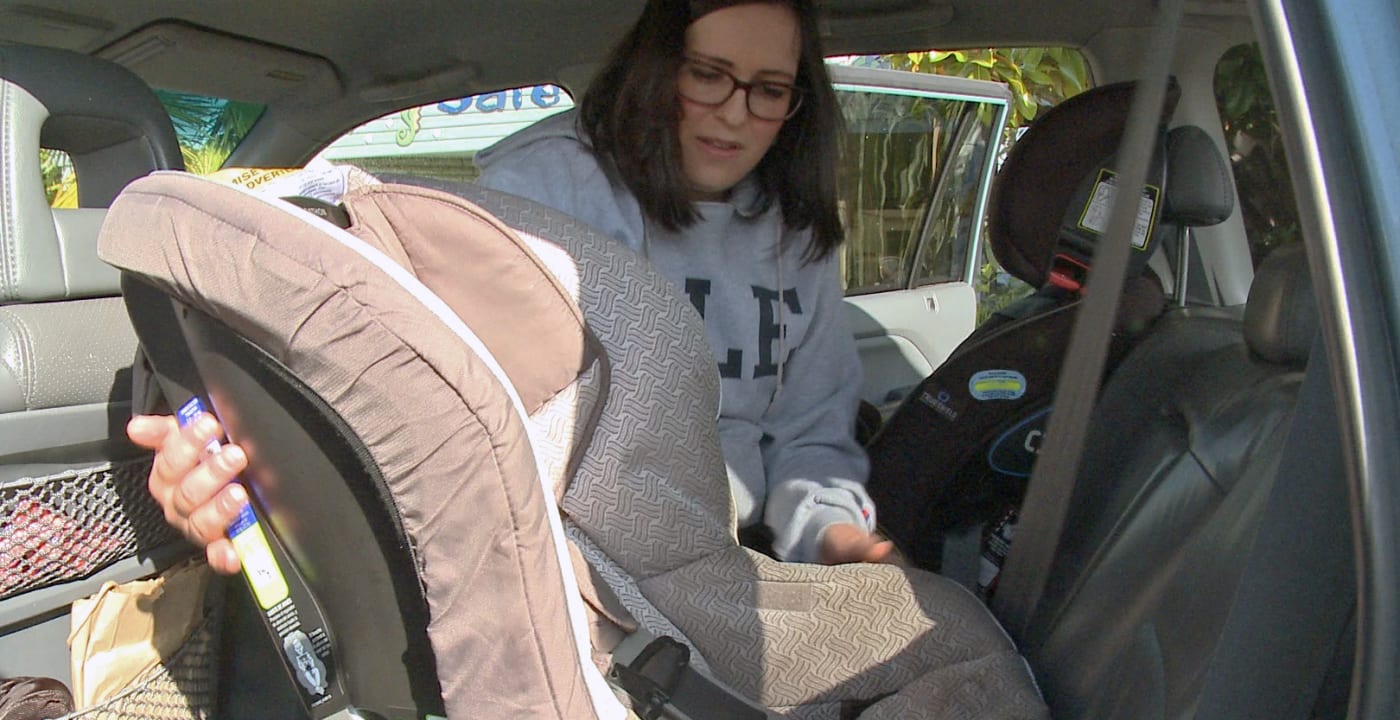Confused by the new car seat law? Here’s the rundown

By MultiCare Health System
Gov. Jay Inslee signed a new law in April updating car seat laws for Washington state.
Starting January 1, 2020:
- Children under the age of 2 must ride in a rear-facing car seat
- Children ages 2-4 must ride in a car seat with a harness (rear or forward facing)
- Children 4 and older must ride in a car seat or a booster seat until they are 4 foot 9 inches tall
The changes aren’t major — they simply align the state law with what the American Academy of Pediatrics (AAP) has been recommending for years. The new regulations clarify when it’s time to switch car seat types.
“This new law is trying to provide more guidance about when to transition,” says Erin Summa with the Mary Bridge Center for Childhood Safety.
Existing rules that aren’t changing:
- Follow the instructions for your particular car seat or booster seat. Harness adjustments, installation and weight/height limits vary.
- Children can and should stay in each stage longer, if the seat still fits. Each transition is actually a step down in safety: rear facing is safer than forward facing, a harnessed seat is safer than a booster and so on.
- Children under the age of 13 must ride in the back seat.
All of these guidelines may be confusing, but Summa says it’s important to remember it’s all about what’s going to best protect your child in case of a crash.
“The laws we really worry about are the laws of physics,” Summa says. “The ages and sizes in the new law reflect the minimum age to transition, but isn’t necessarily best practice.”
For example, a 4 foot 9 inch child may have outgrown a booster seat in one car, but still need it to properly position the adult seat belt in another.
Though the law doesn’t go into effect until January 2020, there’s no reason not to follow the updated law now, Summa says.
“The laws of physics are already in effect, right?” she adds.
Seat belt readiness test
Though not specifically written into the new law, this seat belt readiness test can help determine when your older child is ready to stop using a booster seat. Have your child sit on the vehicle seat and scoot all the way back.
Look for:
- Knees bend naturally at the edge of the seat
- Feet touch the floor
- Lap belt crosses tops of thighs (not the belly)
- Shoulder belt crosses between neck and shoulder
- Child can sit that way for the entire ride
Still confused?
Remember, you can always dial the Mary Bridge Car Seat Help line at 253-403-1417 to ask your safety questions, or schedule a car seat safety inspection in Tacoma, Covington or Puyallup. More information here.
Car seat inspections in the Inland Northwest
Starting December 2019, the Inland Northwest will begin offering free car seat inspections (by appointment only) the first and fourth Saturday of each month from 10am to 2pm. Find an upcoming time on the calendar here.



